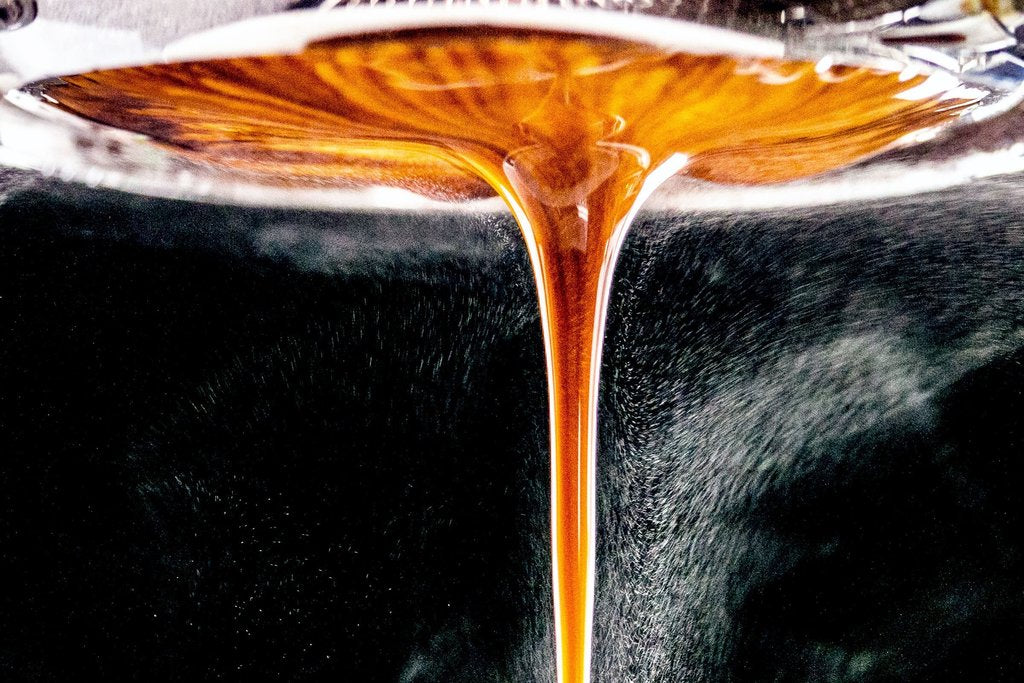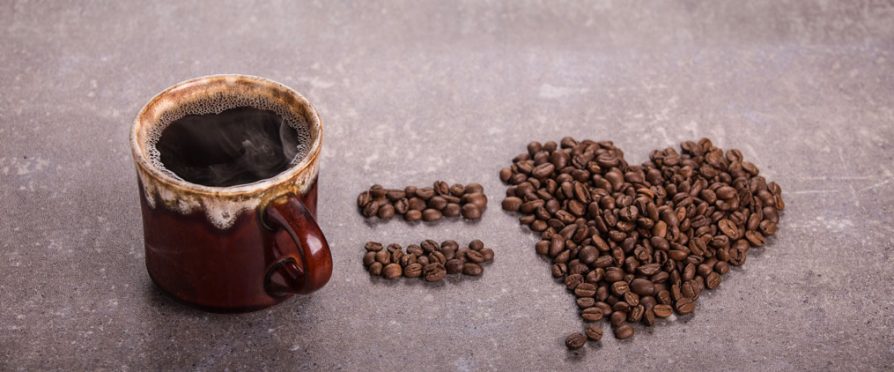
What Affects Espresso Extraction?
There is a long list of variables that affect espresso extraction, to ensure the perfect blend of flavours are extracted from your blend. Let’s look at some of the main ones
Water temperature
For a darker roasted espresso, you will need to use a lower temperature to make sure you do not extract any of the harsher flavours which can be present from the roast level. With a light-medium roasted coffee, you will need to maximise extraction by using a higher temperature to extract the coffee properly and bring out all of the pleasant acidity.
Acidic-tasting compounds will come through first, while the bitter ones come through last. This gives you room to play with the type of flavours you want in the cup.
Grind size
Compounds can’t be extracted without contact between the dry coffee grounds and water. The greater the surface area of the ground coffee, the more contact there is. And the finer the grind, the greater the surface area.
Espresso is known for its remarkably fine grind size which enables short extraction times. Go finer for more body and sweetness (but don’t go too fine, or your beverage might end up being bitter). Go coarser for greater acidity.
Dosing
Dosing is the amount of ground coffee that goes into your filter. This affects how strong your coffee is – in other words, it’s about how many total dissolved solids (TDS) from the ground coffee wind up in your espresso.
However, don’t make the mistake of thinking that a higher number is always better, though. It depends on the flavours you are trying to pull out from your coffee.
A higher TDS will normally result in an espresso with a heavier body and mouthfeel, and more concentrated flavours.
Alternatively, by using a low dose and a higher beverage yield, you can have an espresso which is well extracted but with a low TDS. This tends to work well when you want to highlight characteristics such as sweetness and acidity, sometimes at the expense of body and mouthfeel.
Extraction time
While it’s possible to pull a shot in 10 seconds that would fall within the ideal range of 18–22% extraction, it’s still unlikely that you would want to drink it. Remember that certain compounds extract at different rates. It’s the contact time that produces that balanced, complex flavour. For greater acidity, opt for a quicker extraction time. For increased sweetness, try pulling a slower shot.
Remember, as well, that the ideal time will also depend on your other variables. You can reach a properly extracted espresso in a number of ways, from 15 seconds to 45 seconds, but this will be dependent on a number of other factors.
Water quality
Water quality affects not just your espresso machine longevity but also the flavour of your drinks. Too soft and the coffee can taste sharp, acidic, and lack sweetness and body. Too hard and your espresso becomes flat with a chalky taste, and lacks complexity.
The amount of magnesium and calcium in your water can slow down or facilitate extraction. Filtered water is often the solution to this. At the very least, you should be aware of the quality and hardness of the water you’re brewing with.
A poor espresso extraction can result in bitter or watery coffee. Yet get it right and you’ll be able to bring out a coffee’s sweetness, body, acidity, and more. So, pay attention to these variables. Consider how the coffee will be consumed. And take a step-by-step approach to adjusting extraction.


